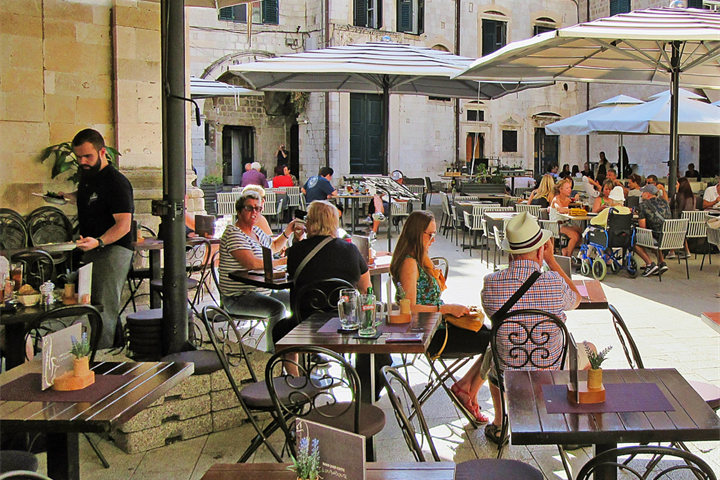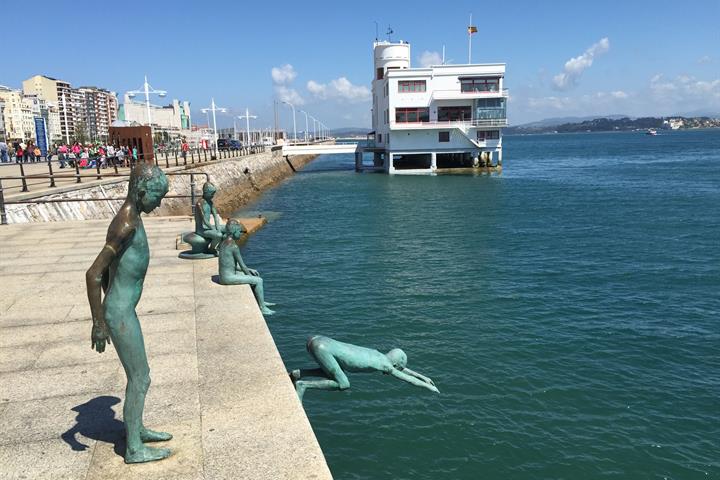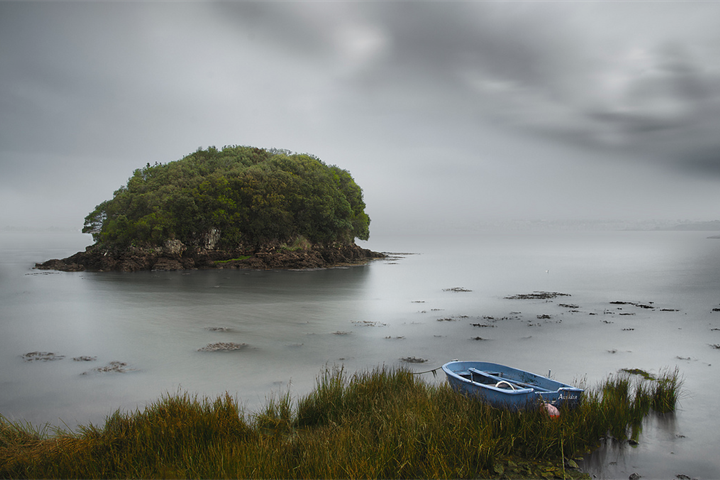Santander reseinformation och video
Reseinformation, fakta, bilder och video om Santander
framträdande semesterbostäder i Spanien
Saker du kan göra under din vistelse
Omdömen om Santander
Genomsnittliga betyg - Baserat på 6 omdömen.
Stad
Kust
| Stad: | |
| Kust: |
Skickas in av: Simo
7 aug 2014
den recension är i italienska
den recension är i italienska
Rapportera missbruk
Anmäl missbruk
| Stad: | |
| Kust: |
Skickas in av: Sven Ehrenberg
6 okt 2013
den recension är i tyska
den recension är i tyska
Rapportera missbruk
Anmäl missbruk
| Stad: | |
| Kust: |
Skickas in av: Duli
8 feb 2013
den recension är i engelska
den recension är i engelska
Rapportera missbruk
Anmäl missbruk
| Stad: | |
| Kust: |
Skickas in av: Begoña
7 feb 2013
den recension är i spanska
den recension är i spanska
Rapportera missbruk
Anmäl missbruk
| Stad: | |
| Kust: |
Skickas in av: PAILLARD Christophe-Alexandre
29 aug 2011
den recension är i franska
den recension är i franska
Rapportera missbruk
Anmäl missbruk
| Stad: | |
| Kust: |
Skickas in av: G.B. van der Vlies
26 aug 2011
den recension är i holländska
den recension är i holländska
Rapportera missbruk
Anmäl missbruk






